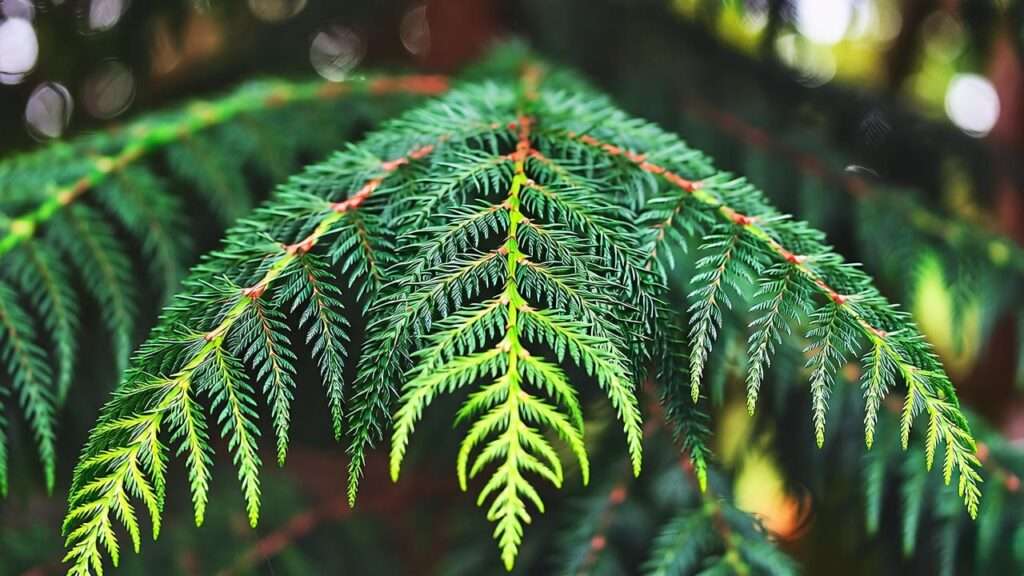Imagine transforming your garden into a serene, majestic oasis with the graceful Devadaru plant, also known as the Himalayan cedar (Cedrus deodara). Revered for its lush, needle-like foliage and elegant, drooping branches, this evergreen conifer brings timeless beauty and spiritual significance to any landscape. Whether you’re a seasoned gardener or a beginner eager to cultivate a statement tree, mastering Devadaru plant care can elevate your outdoor space while contributing to a greener planet. In this comprehensive guide, we’ll share expert-backed tips, practical advice, and troubleshooting strategies to ensure your Devadaru thrives for decades. From planting techniques to seasonal care, you’ll find everything you need to grow a healthy Himalayan cedar with confidence. Let’s dive into the world of Devadaru and unlock its secrets! 🌿
1. What Is the Devadaru Plant? 🌿
1.1 Botanical Overview
The Devadaru plant, scientifically named Cedrus deodara, is a stunning evergreen conifer native to the Himalayan mountains, flourishing in regions like India, Nepal, and Pakistan. Known as the “Tree of the Gods” in Sanskrit, it grows at elevations between 3,000 and 10,000 feet, thriving in cool, temperate climates. Its needle-like leaves, arranged in soft clusters, and its conical shape make it a striking addition to gardens. The tree’s aromatic wood, often used in traditional practices, adds to its allure. Mature Devadaru trees can reach heights of 40–70 feet, with a spread of 20–40 feet, making them ideal for spacious landscapes.
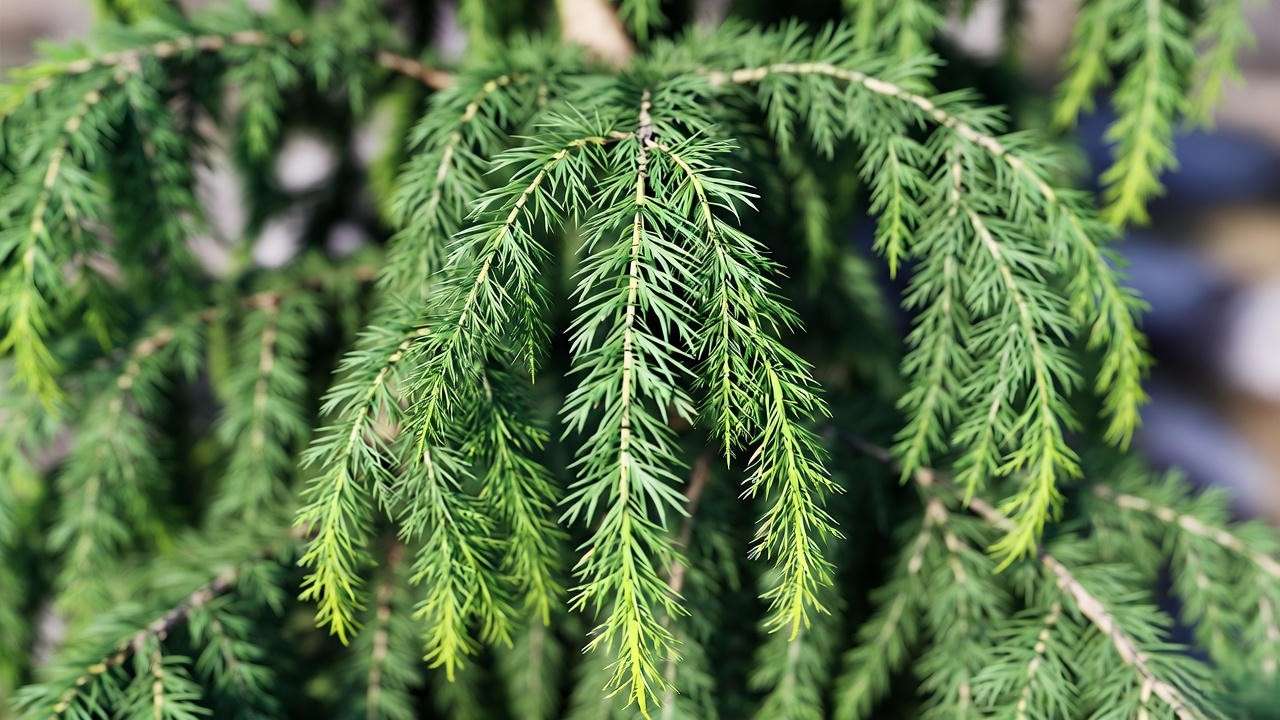
1.2 Why Choose the Devadaru Plant?
The Devadaru plant is a favorite among gardeners and landscapers for its aesthetic and ecological benefits. Its graceful, pendulous branches create a dramatic focal point in gardens, while its dense foliage provides ample shade and wind protection. Environmentally, it excels at air purification, carbon sequestration, and soil stabilization, making it a sustainable choice for eco-conscious gardeners. Additionally, its cultural significance in Indian traditions—often planted near temples or used in Ayurvedic remedies—adds a layer of spiritual depth to its appeal. Whether you’re designing a meditative garden or a modern landscape, the Devadaru’s versatility shines.
Expert Insight: Dr. Anjali Sharma, a botanist specializing in conifers, notes, “The Devadaru’s ability to combine ornamental beauty with ecological benefits makes it a top choice for sustainable landscaping projects.”
2. Ideal Growing Conditions for the Devadaru Plant 🌞
2.1 Climate and Hardiness Zones
The Devadaru plant thrives in USDA hardiness zones 7–9, where temperatures range from 0°F to 30°F. It prefers cool, temperate climates with mild summers and winters, though it can tolerate light frost and occasional snow. In regions with extreme heat or humidity, extra care is needed to prevent stress. For optimal growth, choose a location with moderate temperatures and good air circulation to mimic its Himalayan habitat.
2.2 Soil Requirements
Well-drained, loamy soil with a slightly acidic to neutral pH (6.0–7.5) is ideal for the Devadaru plant. Heavy clay or waterlogged soils can lead to root rot, so test your soil’s drainage before planting. If needed, amend the soil with organic matter like compost or sand to improve aeration and drainage. A soil test kit, available at most garden centers, can help you determine pH and nutrient levels for precise amendments.
2.3 Sunlight and Water Needs
Full sun exposure—6 or more hours daily—is essential for healthy Devadaru growth, as it promotes robust needle development and vibrant color. Young trees require regular watering, about 1–2 inches per week, to establish strong roots. Once mature, Devadaru is moderately drought-tolerant but benefits from occasional deep watering during dry spells. Mulching with organic materials like bark or wood chips helps retain moisture and regulate soil temperature.
Pro Tip: Apply a 2–3 inch layer of mulch around the base, keeping it 2 inches away from the trunk to prevent rot. 🌳
3. Planting the Devadaru Plant: Step-by-Step Guide 🌱
3.1 Choosing the Right Location
Selecting the perfect spot is crucial for your Devadaru plant’s long-term success. Since mature trees can spread up to 40 feet, ensure ample space—15–20 feet from other trees, buildings, or power lines. Avoid low-lying areas prone to water pooling, as this can harm the roots. For urban gardens, consider dwarf varieties like Cedrus deodara ‘Feelin’ Blue’ for smaller spaces.
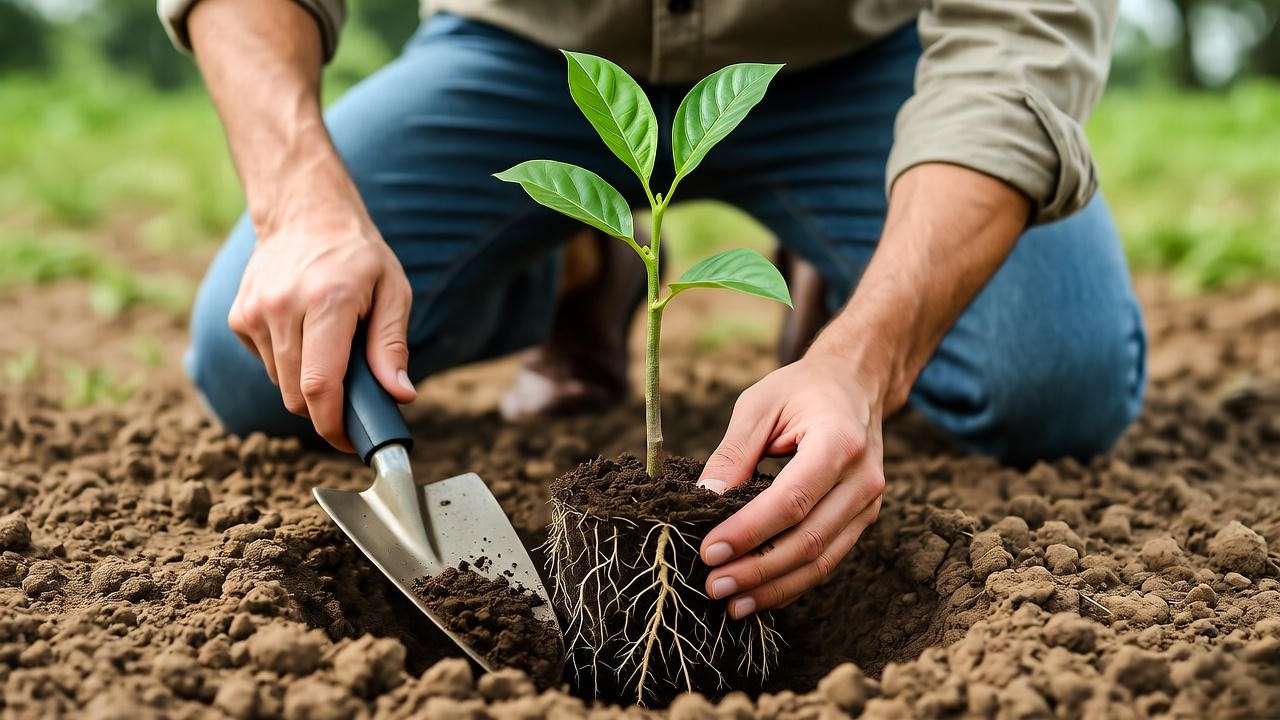
3.2 When and How to Plant
The best time to plant a Devadaru is early spring or fall, when temperatures are mild, and the tree can establish roots before extreme weather. Follow these steps:
- Dig the Hole: Make it twice as wide and as deep as the root ball.
- Prepare the Root Ball: Gently loosen the roots of a nursery-grown tree to encourage outward growth.
- Place the Tree: Position it in the hole, ensuring the top of the root ball is level with the ground.
- Backfill: Fill with a mix of native soil and compost, tamping lightly to remove air pockets.
- Water Thoroughly: Soak the area to settle the soil.
- Stake if Needed: Use stakes for young trees in windy areas to ensure stability.
3.3 Container Planting for Smaller Spaces
For patios or urban gardens, Devadaru can be grown in large containers. Choose a pot at least 24 inches in diameter with drainage holes. Use a well-draining potting mix with perlite or sand. Ensure the container receives full sun and water regularly, as potted trees dry out faster. Repot every 2–3 years to accommodate growth.
Example: Sarah, a Seattle homeowner, successfully grew a dwarf Devadaru in a 30-inch terracotta pot on her balcony, creating a lush, green focal point in her urban garden.
4. Essential Care Tips for a Thriving Devadaru Plant 🌿
4.1 Watering and Irrigation
Young Devadaru plants need consistent moisture—water deeply once a week, ensuring the soil stays moist but not soggy. Check the top 2 inches of soil; if dry, it’s time to water. Mature trees require less frequent watering, typically every 2–3 weeks during dry periods. Overwatering can cause yellowing needles or root rot, while underwatering may lead to browning or needle drop. Use a soaker hose for even distribution.
4.2 Fertilizing for Optimal Growth
Feed your Devadaru with a slow-release, balanced fertilizer (10-10-10 NPK) in early spring and again in early summer. Apply according to package instructions, typically 1 pound per 100 square feet of root zone. Organic options like compost or well-rotted manure work well for eco-conscious gardeners. Avoid over-fertilizing, as it can burn the roots or cause excessive, weak growth.
4.3 Pruning and Maintenance
Prune Devadaru in late winter or early spring before new growth begins. Focus on removing dead, damaged, or crossing branches to maintain shape and health. Use clean, sharp pruning shears to make precise cuts. Avoid heavy pruning, as it can disrupt the tree’s natural form. Regularly clear debris from the base to prevent pests and fungal growth.
Expert Tip: Lightly trim lower branches to enhance air circulation and showcase the tree’s elegant structure. ✂️
5. Common Problems and Solutions 🐞
5.1 Pests and Diseases
Like any tree, the Devadaru plant can face pest and disease challenges, but with proper care, these issues are manageable. Common pests include aphids, spider mites, and bark beetles, which may feed on needles or burrow into the bark. Look for signs like sticky residue (aphids), webbing (spider mites), or small holes in the trunk (beetles). Diseases such as root rot, needle blight, and canker can also affect the tree, often due to poor drainage or high humidity.
Prevention:
- Ensure proper spacing to promote air circulation.
- Regularly inspect the tree for early signs of trouble.
- Maintain soil health with good drainage and avoid overwatering.
Treatment:
- For pests, use insecticidal soap or neem oil for organic control; consult a professional for severe infestations.
- For fungal diseases like needle blight, apply a copper-based fungicide as directed.
- Remove and destroy affected branches to prevent disease spread.
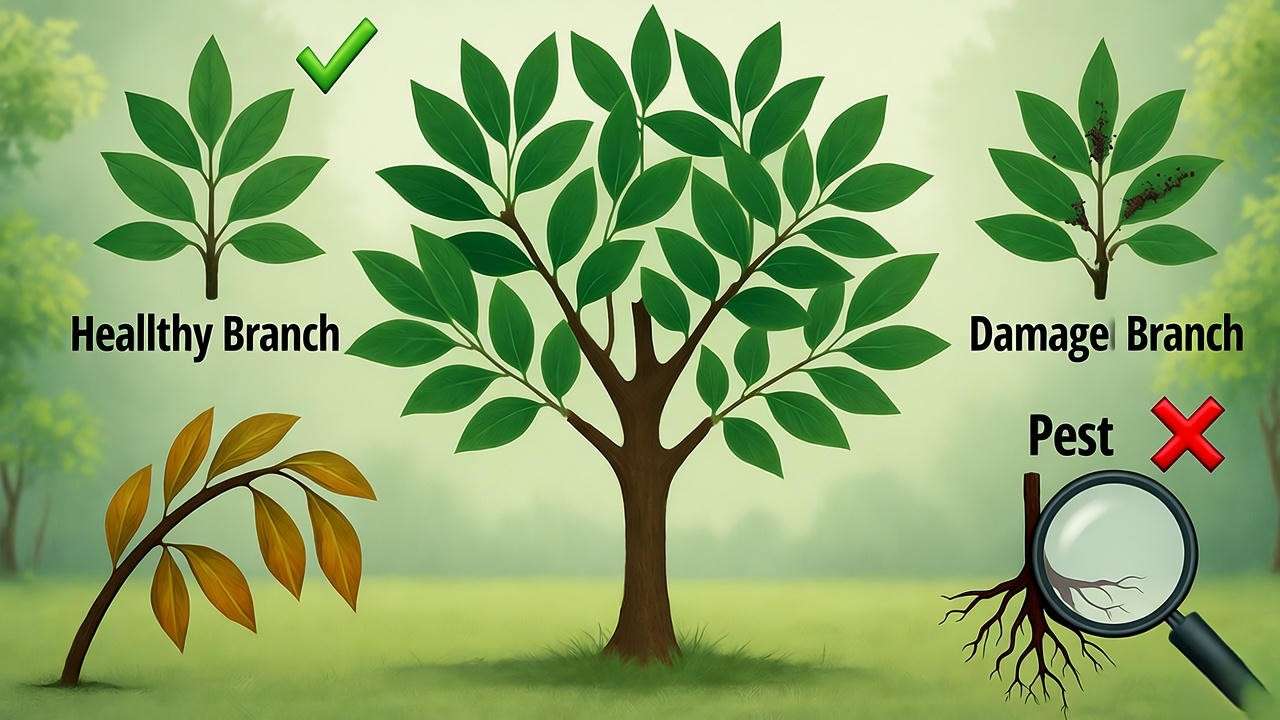
Table: Diagnosing and Treating Common Devadaru Issues
| Issue | Symptoms | Solution |
|---|---|---|
| Aphids | Sticky residue, curled needles | Neem oil, insecticidal soap |
| Spider Mites | Webbing, yellowing needles | Increase humidity, apply miticide |
| Root Rot | Wilting, mushy roots | Improve drainage, reduce watering |
| Needle Blight | Brown, falling needles | Copper fungicide, prune affected areas |
5.2 Environmental Stress
Environmental factors like drought, extreme cold, or poor soil can stress the Devadaru plant. Signs include yellowing or browning needles, stunted growth, or drooping branches.
Solutions:
- Drought: Increase watering frequency during dry spells, ensuring deep soil penetration.
- Cold Stress: Protect young trees with burlap wraps or windbreaks in harsh winters.
- Poor Soil: Amend with organic matter or relocate potted trees to a better-draining container.
Regular monitoring and quick action can keep your Devadaru healthy and resilient.
6. Propagating the Devadaru Plant 🌱
6.1 Seed Propagation
Propagating the Devadaru plant from seeds is a rewarding but slow process. Collect mature cones in late fall, when they turn brown and begin to open. Extract the seeds and follow these steps:
- Cold Stratification: Soak seeds in water for 24 hours, then place them in a moist paper towel inside a sealed plastic bag. Refrigerate for 30–60 days to mimic winter conditions.
- Sowing: Plant seeds in a seed-starting mix, covering lightly with soil. Keep in a sunny location at 60–70°F.
- Germination: Expect sprouts in 2–6 months, depending on conditions.
- Transplanting: Move seedlings to larger pots or the ground once they reach 6 inches tall.
6.2 Cuttings and Grafting
For faster results, propagate via softwood cuttings or grafting:
- Cuttings: In early summer, take 4–6 inch cuttings from healthy, young branches. Dip in rooting hormone, plant in a mix of perlite and peat, and keep moist in a shaded area. Roots may form in 6–12 weeks.
- Grafting: Use a cleft graft to attach Devadaru scions to compatible rootstock (e.g., another cedar species). This method is ideal for producing dwarf or ornamental varieties.
Pro Tip: Seed propagation requires patience, as Devadaru seeds can be slow to germinate. For quicker results, opt for cuttings or purchase nursery-grown saplings. ⏳
7. Landscaping with the Devadaru Plant 🌳
7.1 Design Ideas for Gardens
The Devadaru plant’s graceful form makes it a versatile addition to various garden styles:
- Focal Point: Plant a single Devadaru as a centerpiece in a large lawn for dramatic effect.
- Spiritual Garden: Pair with low-growing plants like lavender or sage to create a meditative space, reflecting the tree’s cultural significance.
- Mixed Borders: Combine with shrubs like rhododendrons or perennials like hostas for contrast in texture and color.
- Privacy Screen: Plant multiple Devadaru trees in a row to form a natural barrier.
Example: A California-based landscaper used a row of Devadaru trees to create a serene privacy screen for a yoga retreat, enhancing the space’s tranquil ambiance.
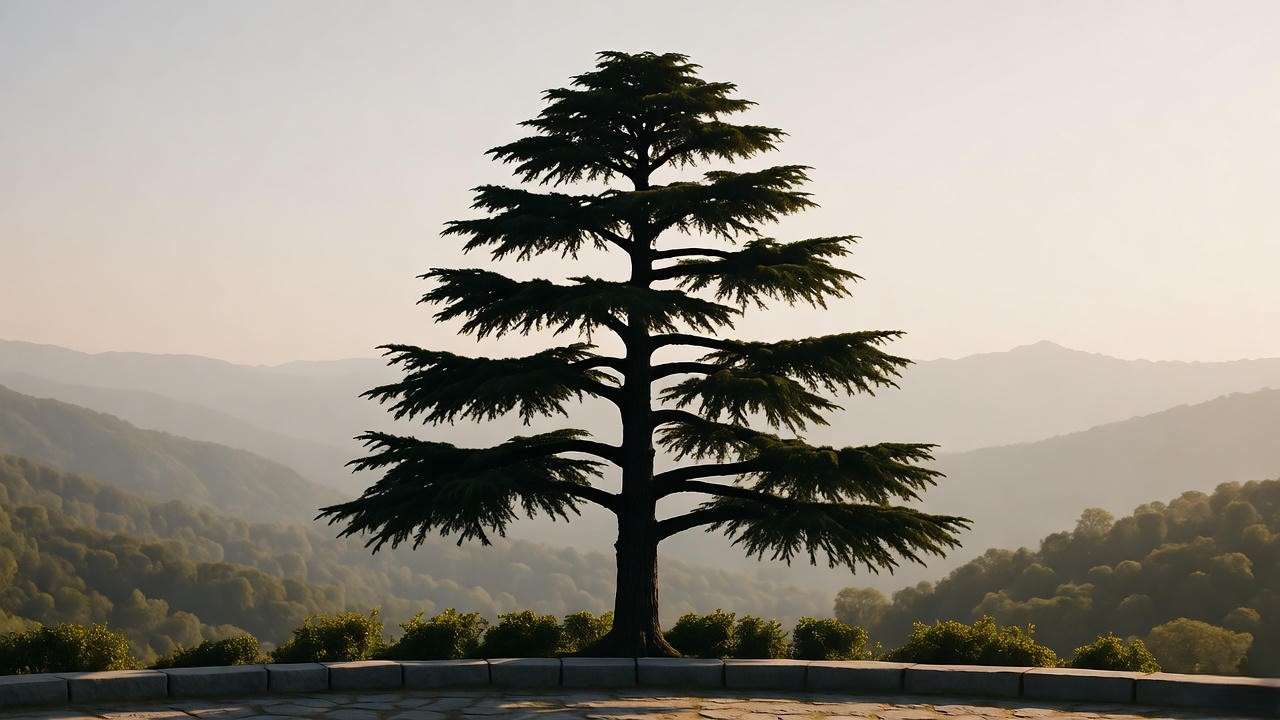
7.2 Seasonal Care for Year-Round Beauty
- Winter: Protect young trees from heavy snow by gently shaking branches or using burlap wraps. Apply a thick mulch layer to insulate roots.
- Summer: Monitor for drought stress, especially in hotter climates. Water deeply during prolonged dry spells.
- Fall: Clear fallen needles to prevent fungal growth and prepare the tree for winter dormancy.
- Spring: Fertilize and prune as needed to encourage healthy new growth.
Inspiration: Create a seasonal care calendar to stay on top of Devadaru maintenance tasks, ensuring year-round vibrancy.
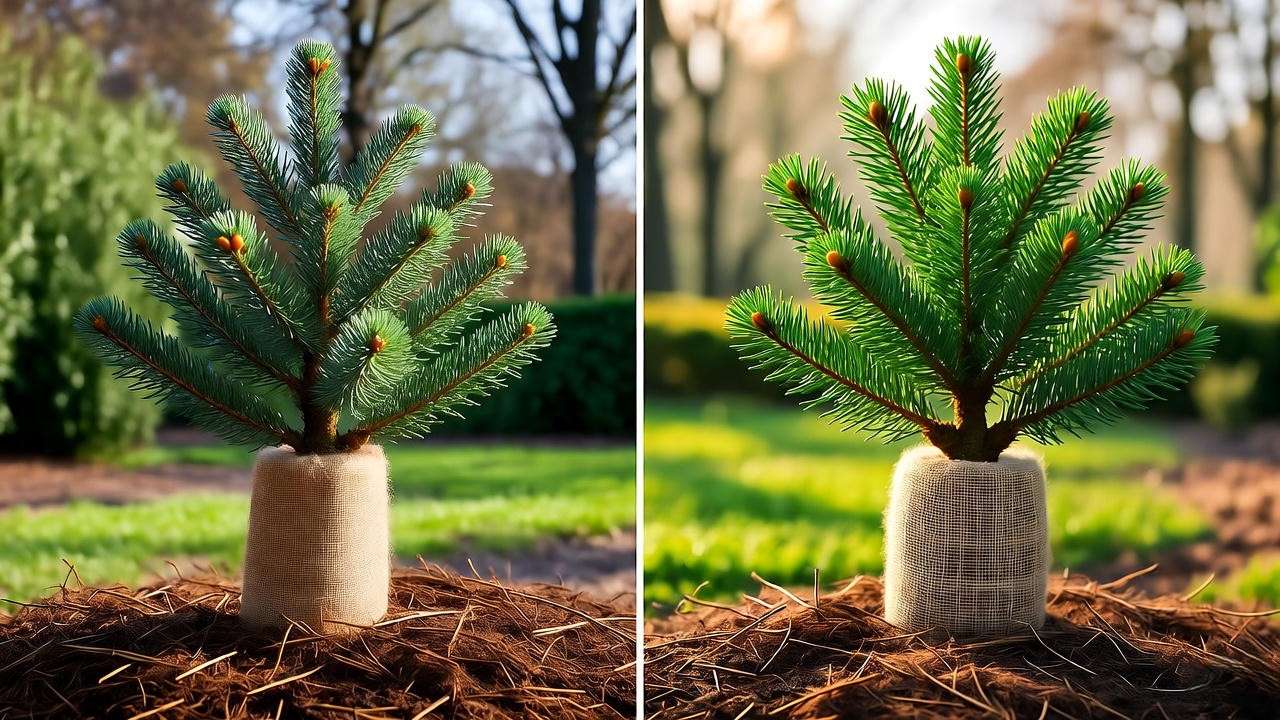
8. Environmental and Cultural Significance of the Devadaru Plant 🌍
The Devadaru plant is more than a beautiful tree—it’s an ecological and cultural treasure. Environmentally, it sequesters carbon, supports wildlife by providing shelter, and stabilizes soil on slopes, making it ideal for erosion-prone areas. Its dense canopy offers shade, reducing urban heat and energy costs.
Culturally, the Devadaru holds deep significance in Indian traditions. Known as the “divine tree,” it’s often planted near temples and used in spiritual rituals. Its wood and resin are valued in Ayurvedic medicine for their anti-inflammatory and calming properties. By growing a Devadaru, you’re not only enhancing your garden but also honoring a rich cultural heritage.
Expert Insight: Dr. Rajesh Kumar, an environmental scientist, explains, “The Devadaru’s ability to thrive in challenging terrains while supporting biodiversity makes it a cornerstone of sustainable landscaping.”
9. FAQs About Devadaru Plant Care ❓
- How fast does the Devadaru plant grow?
The Devadaru typically grows 1–2 feet per year under optimal conditions, reaching maturity in 20–30 years. - Can Devadaru grow in tropical climates?
While it prefers cooler climates, it can adapt to tropical regions with proper care, such as partial shade and consistent moisture. - Is the Devadaru plant safe for pets?
The tree is generally non-toxic, but ingesting large amounts of needles or resin may cause mild digestive upset in pets. Keep an eye on curious animals. - How long does a Devadaru tree live?
With proper care, a Devadaru can live for 100+ years, becoming a legacy tree in your garden.
10. Conclusion: Why the Devadaru Plant Is Worth Growing 🌲
The Devadaru plant is a remarkable blend of beauty, ecological value, and cultural significance. Its sweeping branches and lush foliage transform any landscape, while its environmental benefits support a healthier planet. Whether you’re drawn to its spiritual heritage or its ornamental appeal, this Himalayan cedar is a rewarding addition to any garden. With the expert tips and step-by-step guidance in this guide, you’re equipped to grow a thriving Devadaru with confidence. Start your journey today, and share your Devadaru care tips with our plant-loving community! 🌿

